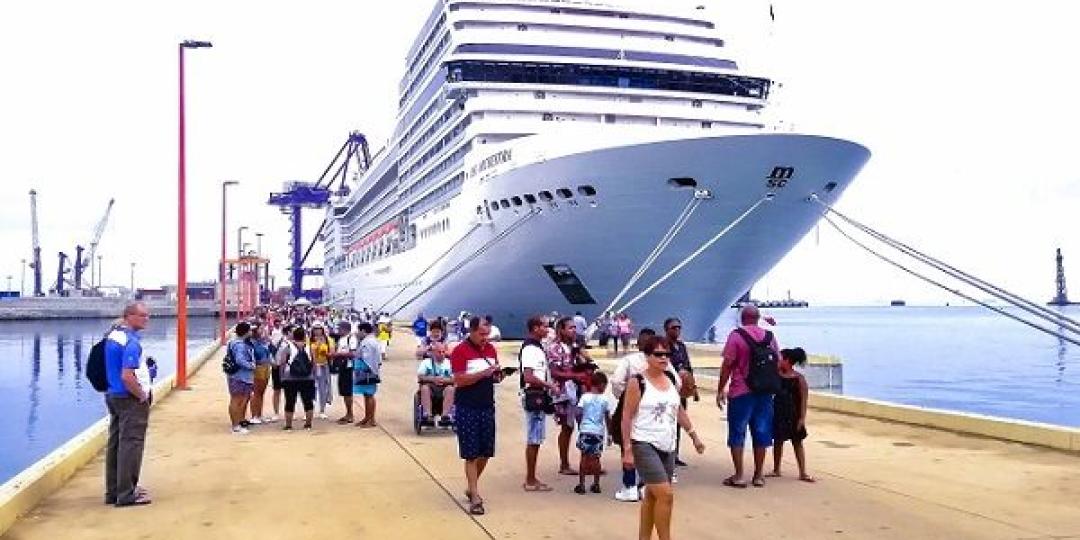Walvis Bay and Swakopmund have seen a significant uptick in travel, tourism, and hospitality services related to vessel crew changes, said Elias Mwenyo, Namport’s Executive Head of Commercial Operations.
He said Namibia’s only deepwater port has seen an increase of 22% in maritime traffic, including passenger liners, calling at Walvis to refuel and restock.
The retail, relaxation and re-staffing elements attached to vessel refreshment, have come as an added benefit to the increase in seaborne traffic around the Cape because of the Suez Crisis.
“We’re definitely seeing more traffic because of what’s happening in the Red Sea,” he said, referring to sea trade avoiding travelling south of the Suez Canal where Houthi rebels from Yemen have been attacking vessels out of opposition to what’s happening in Gaza.
“The increase in vessel visits is not all we have seen,” Mwenyo said.
“We’re also seeing an increase in crew changes because bigger vessels use the port’s bunker facilities.”
According to Mwenyo as much as 15-18% of the vessel traffic seen at the port is due to vessel refreshment, especially offshore bunkering, additional demand South Africa hasn’t been able to meet because of capacity constraints in Algoa Bay.
Although on-shore refuelling can be done at most ports along the South African coast, Algoa Bay is alone providing offshore bunkering.
Because bigger vessels require barge bunkers to restock fuel supplies, Walvis Bay and Port Louis have managed to meet the demand for the increase in maritime trade avoiding the Suez, compared to Algoa Bay, which has been losing out.
Unathi Sonti, Executive Chairperson of the Maritime Business Council, said: “We’re losing out on millions because of the bunkering services we’re not maximising from as more vessels round the Cape of Good Hope.
“And it’s not just about refuelling ships offshore. It’s everything related to it.”
The micro-economy of Nelson Mandela Bay, he said, is missing out on major opportunities.
“Lost business like this you don’t easily regather.”






















